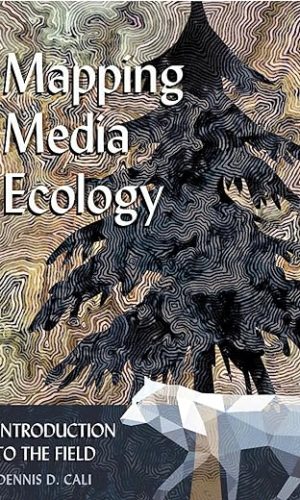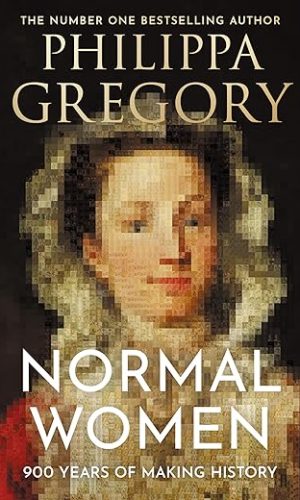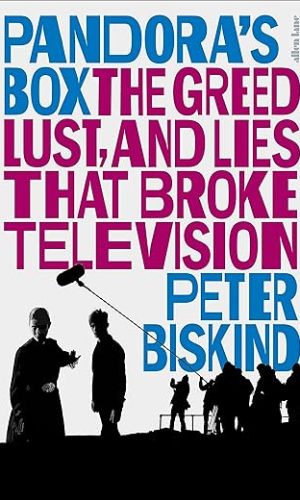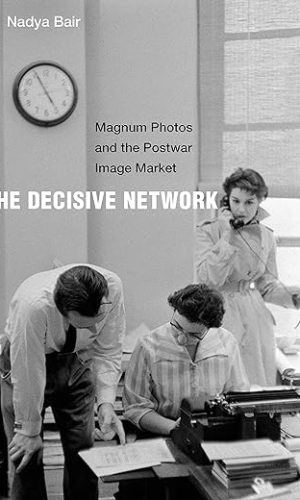Ways of Seeing: John Berger (Penguin Modern Classics)
£7.60£9.50 (-20%)
Based on the BBC television series, John Berger’s Ways of Seeing is a unique look at the way we view art, published as part of the Penguin on Design series in Penguin Modern Classics.
‘Seeing comes before words. The child looks and recognizes before it can speak.’
‘But there is also another sense in which seeing comes before words. It is seeing which establishes our place in the surrounding world; we explain that world with words, but word can never undo the fact that we are surrounded by it. The relation between what we see and what we know is never settled.’
John Berger’s Ways of Seeing is one of the most stimulating and influential books on art in any language. First published in 1972, it was based on the BBC television series about which the Sunday Times critic commented: ‘This is an eye-opener in more ways than one: by concentrating on how we look at paintings . . . he will almost certainly change the way you look at pictures.’ By now he has.
John Berger (b. 1926) is an art critic, painter and novelist.born in Hackney, London.
His novel G. (1972) won both the James Tait Black Memorial Prize and the Booker Prize.
If you enjoyed Ways of Seeing, you might like Susan Sontag’s On Photography, also available in Penguin Modern Classics.
‘Berger has the ability to cut right through the mystification of professional art critics … he is a liberator of images: and once we have allowed the paintings to work on us directly, we are in a much better position to make a meaningful evaluation’
Peter Fuller, Arts Review
‘The influence of the series and the book … was enormous … It opened up for general attention areas of cultural study that are now commonplace’
Geoff Dyer in Ways of Telling
‘One of the most influential intellectuals of our time’
Observer
Read more
Additional information
| Publisher | Penguin Classics, 1st edition (25 Sept. 2008) |
|---|---|
| Language | English |
| Mass Market Paperback | 176 pages |
| ISBN-10 | 9780141035796 |
| ISBN-13 | 978-0141035796 |
| Dimensions | 19.7 x 12.9 x 1.09 cm |










by Amazon Customer
Pictures in the books are all black and white, and the size makes them hard to read/seee/interperate
by M. Ruck
I have read this book as a title from a suggested reading list prior to studying for a Foundation Degree in Photography. I found digesting some of the points raised quite difficult. I thought that some of the writing has a sexist bias when talking of women being objectified but some was just downright confusing. I guess that I started reading with a preconceived idea of what the title “says of Seeing” was going to tell me. I found that the book or its way of telling the Ways of Seeing was unfamiliar in its approach. I intend to read it a second time to form up what I understood from my first read through.
by John Public
This book makes strong statements, and forces you to think and argue – I think that is a very good thing.
It’s my mistake, but I was expecting a book that would make you keener to look at art works, by explaining a bit what can be worthwhile about them. Instead, it’s almost completely negative: about how art can be overvalued financially, how we can be over-respectful of art (especially ‘oil painting’) that may not always deserve so much respect, and how our misguided respect can be exploited by (visual) advertising. (It allows that there are such things as ‘beauty’ and ‘great artists’, but doesn’t really talk about them.)
All this is linked to how our society functions. I don’t mind that it often blames ‘property’ (which certainly isn’t always ‘fair’), but I don’t like that (only very near the end, talking about advertising) it goes so far as to say we have a choice between ‘envy’ and discontent on the one hand, and ‘overthrowing capitalism’ on the other hand. Envy etc. are our human failings, not products of ‘capitalism’ : if you make one more scapegoat out of ‘capitalism’ (without having better alternatives), you just get destruction. There was plenty of evidence for that (in the murderous crimes of many communist countries) by 1972 when the book was written, and it wasn’t honest even then to make such claims.
by Naomi Pattirane
Although some passages are dated John Berger’s insights into the individuals perception of art, advertising and modern consumption are timeless. A wise critique into the context and development of visual representations throughout history and their place in the evolution of culture and the human imagination.
by Macdara Dwyer
It’s enjoyable but gosh has it dated since publication.
On the one hand, its interesting to see how contemporaries theorised or attempted to popularise mass media criticism but it’s really dated now.
Good nonetheless – especially the chapter on adverts
by V. G. Harwood
I first happened across this book when I was at University as an undergraduate when I quoted someone else quoting it in an essay, never having read it myself (shame on me!) I’m now back at University as a postgraduate researcher and thought it’s high time I read this for myself. My goodness, I’m so glad I did. This is a wonderful, wonderful book. First published in 1972, it reads as slightly dated in some places. I wasn’t entirely sure I totally agreed with the way women see themselves and the way men see women from the point of view of contemporary society. However, the interpretation offered within this text was probably true in 1972, and would certainly be true in the 18th century (the period I’m studying).
I’m not an art historian (I study literature) but the two are intrinsically interlinked and quite often the scenes “painted” in an eighteenth-century text (that’s how they termed it then) correspond to the artistry of the time. With this in view, this book has provided me with an entirely new way of viewing literary scenes. In fact, it’s provided me with a whole new way of viewing the world. The essays within the text seek to raise questions in the reader (and acknowledge that they are doing this) and they do. I loved the essay on publicity. It’s so true – advertising seeks to sell us what we don’t need and society renders us valueless if we are perceived as not having “stuff” or money to spend on it. Conversely, however, we are made poorer by spending our money on this “stuff” we just don’t need. The argument about holiday adverts was enlightening: “The entire world becomes a setting for the fulfilment of publicity’s promise of the good life. The world smiles at us. It offers itself to us. And because everywhere is imagined as offering itself to us, everywhere is more or less the same.” (p. 150). Holidays in Brid it is from now on – it’s a lot cheaper and it’s pretty much the same as anywhere else!
This book is a real eye-opener – I would definitely recommend it. I don’t think I’ll ever see the world in the same way again.
by Greg Gilet
As other reviewers have already written, this book is a pure product of its time. However, this doesn’t mean that it is completely out of date and irrelevant to the modern reader.
Berger’s Marxist reading of art history is still highly entertaining and worth reading for its challenge of pre-conceived ideas in art, and that is true whether you agree with him or not.
Even though (or, maybe, because) it stands as an idiosyncratic work, it should be essential reading for any art history/visual culture student.
The four stars relate to the contents of the book; regarding this particular Penguin paperback edition, the black and white illustrations are a bit weak and often too small.
by margaret pauline soulsby
Reading!!